Although there have been previous studies linking the diagnosis of Alzheimer’s disease (AD) and engineered bacteriophages, this one has gone a step further by testing the theory on post-mortem human and mouse brain tissue, with findings supporting the theory. In a recently published study, a team of researchers from the Universities of Minho, Amsterdam, and Lisbon engineered the M13 phage to identify AD marker (amyloid beta (Aβ)). AD poses a formidable challenge to modern medicine, with its complex etiology and devastating impact on cognitive function. In the relentless pursuit of understanding and combating this neurodegenerative disorder, researchers are increasingly turning to innovative approaches that probe the molecular intricacies of AD pathology. Among these approaches, the utilization of bacteriophages—viruses that infect bacteria—holds particular promise in unraveling the mysteries of AD and revolutionizing diagnostic strategies.
Harnessing the Power of Bacteriophages
Spearheaded by a multidisciplinary team of researchers, this study capitalizes on the unique properties of bacteriophages to target and visualize key molecular signatures of AD, offering unprecedented insights into disease mechanisms and progression. Bacteriophages are frequently utilized for expressing proteins due to their efficiency, rapid replication cycles, and high yield of recombinant proteins per infected bacterial cell. Their genetic manipulation is relatively straightforward, allowing researchers to precisely engineer their genomes to express specific proteins of interest. By inserting the gene encoding the target protein into the phage genome, researchers can control protein expression. Additionally, bacteriophages offer the advantage of display technologies, enabling the presentation of diverse proteins or peptides on their surface for screening purposes like in this case. This versatility makes bacteriophages valuable tools for producing a wide range of protein types, including enzymes, antibodies, antigens, and vaccine candidates.

Engineering Bacteriophages for Molecular Imaging
Central to the study’s methodology is the genetic engineering of bacteriophages to target specific biomarkers associated with AD pathology. By incorporating sequences derived from amyloid beta (Aβ) peptides—the hallmark protein aggregates implicated in AD—into the genome of bacteriophages, the researchers have created sophisticated molecular probes capable of selectively binding to Aβ aggregates in brain tissue. This innovative approach enables the precise detection and visualization of Aβ pathology with unparalleled sensitivity and specificity.
Unveiling Spatial and Temporal Dynamics of AD Pathology
Through immunofluorescence assays utilising engineered bacteriophages, the researchers have uncovered the spatial and temporal dynamics of Aβ aggregation within the hippocampal regions of both transgenic mouse models of AD and post-mortem human brain tissue samples. By precisely mapping the distribution and localisation of Aβ aggregates, this study provides invaluable insights into the progression of AD pathology and the underlying mechanisms driving neuronal dysfunction and degeneration.
Toward Translational Applications
Beyond its implications for basic research, the integration of bacteriophage-based molecular imaging holds immense promise for translational applications in the diagnosis and management of AD. By providing a non-invasive and highly sensitive means of detecting Aβ pathology in living organisms, engineered bacteriophages offer a potential breakthrough in the early diagnosis and monitoring of AD progression. Furthermore, their ability to target specific molecular signatures of AD opens new avenues for the development of targeted therapeutic interventions aimed at halting or reversing disease progression.
Pioneering a New Era in AD Diagnosis and Treatment
In the study of neurodegenerative disorders, the use of bacteriophages to identify AD pathology in brain tissue signifies a paradigm change. This ground-breaking study reveals new insights into the molecular causes of AD and opens the door for revolutionary developments in diagnostic and treatment approaches by combining state-of-the-art genetic engineering techniques, sophisticated imaging modalities, and rigorous scientific inquiry. The era of bacteriophage-based techniques heralds a new dawn in the fight against Alzheimer’s disease and other disorders related to it, as researchers continue to push the boundaries of innovation.
Have you liked what you have just read, click here to read more related content (phage-related news) like this one and also join our community by following the phage on X(formally Twitter), Facebook, and LinkedIn page
For more information about this study Martins, I.M., Lima, A., de Graaff, W. et al. M13 phage grafted with peptide motifs as a tool to detect amyloid-β oligomers in brain tissue. Commun Biol 7, 134 (2024). https://doi.org/10.1038/s42003-024-05806-5



